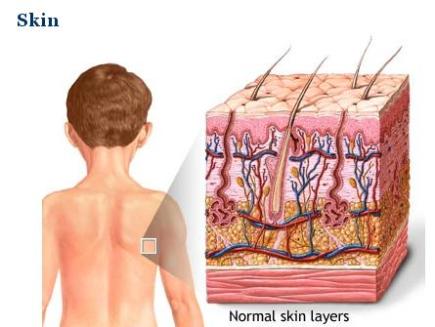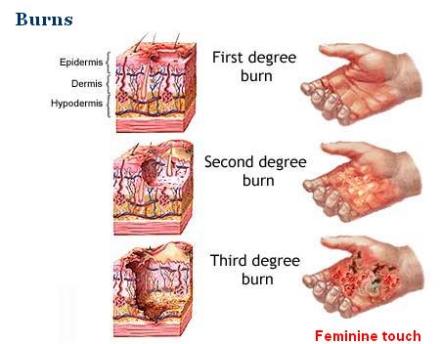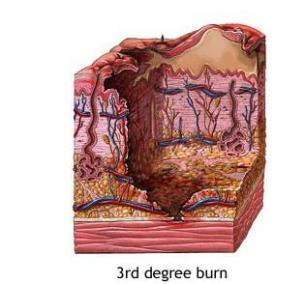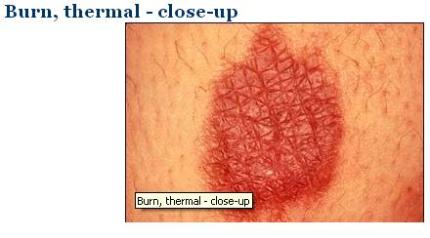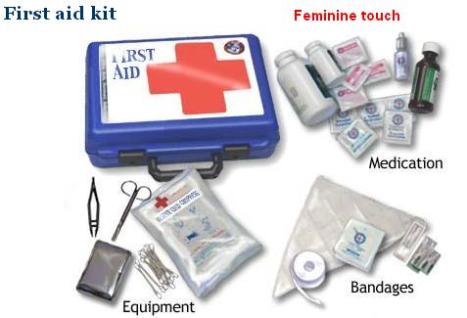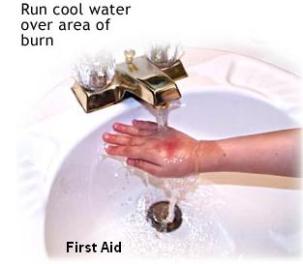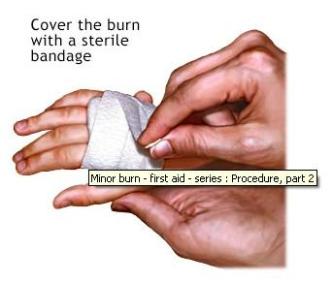Measles, also called rubeola, is a highly contagious respiratory infection that’s caused by a virus. It causes a total-body skin rash and flu-like symptoms, including a fever, cough, and runny nose. Though rare in the United States, 20 million cases occur worldwide every year.
Since measles is caused by a virus, there is no specific medical treatment and the virus has to run its course. But a child who is sick should be sure to receive plenty of fluids and rest, and be kept from spreading the infection to others.
What are the symptoms of measles?
Once you are infected with the virus, the virus multiples in the back of your throat and in your lungs. It then spreads throughout your body. The following are the most common symptoms of measles:
- A high temperature, sore eyes (conjunctivitis), and a runny nose usually occur first.
- Small white spots usually develop inside the mouth a day or so later. These can persist for several days.
- A harsh dry cough is usual.
- Going off food, tiredness, and aches and pains are usual.
- Diarrhoea and/or vomiting is common.
- A red blotchy rash normally develops about 3-4 days after the first symptoms. It usually starts on the head and neck, and spreads down the body. It takes 2-3 days to cover most of the body. The rash often turns a brownish colour and gradually fades over a few days.
- Children are usually quite unwell and miserable for 3-5 days. After this, the fever tends to ease, and then the rash fades. The other symptoms gradually ease and go.
Most children are better within 7-10 days. An irritating cough may persist for several days after other symptoms have gone. The immune system makes antibodies during the infection. These fight off the virus and then provide lifelong immunity. It is therefore rare to have more than one bout of measles.
Measles is highly contagious — 90% of people who haven’t been vaccinated for measles will get it if they live in the same household as an infected person. Measles is spread when someone comes in direct contact with infected droplets or when someone with measles sneezes or coughs and spreads virus droplets through the air.
A person with measles is contagious from 1 to 2 days before symptoms start until about 4 days after the rash appears.
Recent Outbreaks
The Department of Health declared measles outbreaks in five cities in Metro Manila Saturday (Jan 4, 2014 )as the number of patients infected by the viral disease continues to rise.
What are the possible complications of measles?
Complications are more likely in children with a poor immune system (such as those with leukaemia or HIV), those who are malnourished, children aged under five years and adults. Many malnourished children in the world die when they get measles, usually from a secondary pneumonia. There are still the occasional reports of children in the UK who die from complications of measles. These children have usually not been immunised.
More common complications include:
Conjunctivitis (eye infection).
Laryngitis (inflammation of the voice box).
Ear infection causing earache.
Infections of the airways, such as bronchitis and croup, which can be common.
What are the possible complications of measles?
Complications are more likely in children with a poor immune system (such as those with leukaemia or HIV), those who are malnourished, children aged under five years and adults. Many malnourished children in the world die when they get measles, usually from a secondary pneumonia. There are still the occasional reports of children in the UK who die from complications of measles. These children have usually not been immunised.
More common complications include:
Conjunctivitis (eye infection).
Laryngitis (inflammation of the voice box).
Ear infection causing earache.
Infections of the airways, such as bronchitis and croup, which can be common.
Vitamin A supplements
Vitamin A supplements have been shown to help prevent serious complications arising from a measles infection. Supplements are generally recommended for children living in a country with a high prevalence of a vitamin A deficiency (this is rare in the UK, but common in the developing world). Treatment with vitamin A may be offered to people with measles.
When to see a doctor?
Most children recover. A doctor will normally confirm that the illness is measles. However, you should see a doctor again if symptoms get worse, or if you suspect a complication (see above).
The main serious symptoms to look out for are:
- Drowsiness.
- Dehydration. This may be developing if the child drinks little, passes little urine, has a dry mouth and tongue or becomes drowsy.
- Breathing difficulties.
- Convulsion (fit).
Measles immunisation
Immunisation is routine in the UK as part of the measles, mumps and rubella (MMR) vaccine. Two doses are usual – the first for children aged between 12 and 13 months and the second usually given at age 3 years and 4 months to 5 years. Immunisation gives excellent protection and so measles is now rare in the UK. However, unfortunately, measles is becoming more common again in children in some areas of the UK. This is due to some children not receiving the MMR vaccine.
source : patient.co.uk


